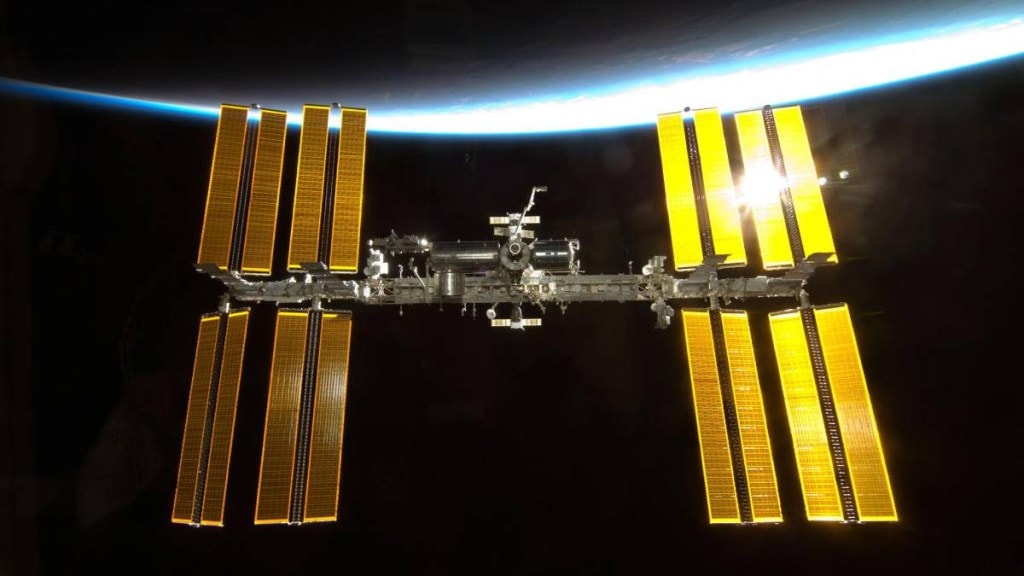The great example of human collaboration for space exploration, the International Space Station (ISS), has turned 25 today. The largest-man-made object in space was launched from Kazakhstan on November 20, 1988 with the goal of expanding our understanding of space, microgravity, and supporting groundbreaking scientific research.
Initially, the idea of the ISS was proposed by 4 countries, the United States, Europe, Japan and Canada but only after Russia’s collaboration, the idea came into existence.
The ISS pressurised interior of 16 modules has a habitable space of 13,696 cubic feet (388 cubic metres), equivalent to a six-bedroom home, and is supported by a 310-foot-long (94-metre) truss, a massive iron backbone holding solar panels, batteries, and radiators.
This space station has played a crucial role in space exploration and many inventions that have made the Mars mission so successful. It has also helped in stable diplomatic relations with different countries that see the common goal.
To commemorate this historic occasion, astronauts aboard the ISS are doing specific experiments and activities that demonstrate the station’s enduring significance in increasing scientific knowledge. Many global events and exhibitions have been plotted out for people to learn more about the successful space station.
According to current plans, the ISS will be abandoned and deorbited after 2030. However, international collaboration has always been the station’s mainstay, since alliances formed between former adversaries have stood the test of time.

